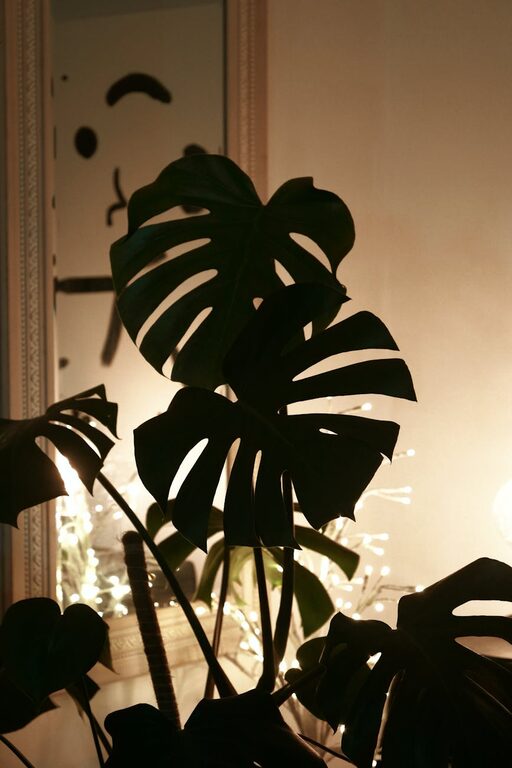
How to Start a Small Herb Garden Indoors: A Beginner’s Guide
Starting an indoor herb garden is a rewarding and practical way to bring fresh flavors right to your kitchen windowsill. Whether you have a spacious home or a cozy apartment, growing herbs indoors requires minimal space and offers the joy of nurturing your own plants. This guide covers everything you need to know to start, maintain, and enjoy a thriving small herb garden indoors.
Why Grow Herbs Indoors?
Indoor herb gardens are perfect for anyone who loves cooking with fresh ingredients but may not have access to outdoor garden space. Some key benefits include:
– Convenience: Fresh herbs are always at your fingertips.
– Cost-saving: Reduce trips to the grocery store for herbs.
– Year-round gardening: Grow herbs even in winter or harsh climates.
– Air quality: Many herbs improve indoor air quality.
– Aesthetic appeal: Add greenery and life to your living space.
Choosing the Right Herbs for Indoor Gardening
When starting out, select herbs that are easy to grow indoors and don’t require extensive care. Some popular beginner-friendly options include:
– Basil: Loves warmth and sunlight; perfect for Italian dishes.
– Mint: Grows quickly but can spread; ideal for tea and salads.
– Parsley: Requires moderate light; great for garnish and flavor.
– Chives: Hardy and easy to grow; adds mild onion flavor.
– Thyme: Slow-growing but very hardy; useful in many recipes.
– Cilantro: Prefers cooler temps and indirect light.
Avoid herbs that demand very specific conditions or large spaces in your early gardening efforts.
Selecting Containers and Soil
Containers
Choose pots with good drainage holes to prevent root rot. Some container options include:
– Small ceramic or terracotta pots
– Recycled containers like tin cans or mason jars (just add drainage)
– Window box planters for multiple herbs in one spot
Aim for pots that are about 4-6 inches deep to allow adequate root growth.
Soil
Use a high-quality potting mix designed for indoor plants. Avoid garden soil that may contain pests or diseases. Look for lightweight, well-draining soil labeled for container use.
Finding the Best Spot for Your Herb Garden
Most herbs require 6-8 hours of sunlight daily to thrive. A south-facing window is ideal, but east or west windows can also work well.
If natural light is limited, consider:
– Using a grow light to provide 12-16 hours of light daily
– Rotating plants regularly to expose each side to light equally
Avoid placing herbs too close to heat sources like radiators or vents.
Planting Your Herb Garden
You can start your indoor herb garden in two primary ways:
From Seeds
– Fill your pots with moistened potting mix.
– Plant seeds according to the depth instructions on the packet.
– Cover lightly with soil and mist gently with water.
– Keep the soil consistently moist but not soggy.
– Germination time varies; for example, basil takes about 5-10 days.
From Starter Plants
– Purchase small herb plants from a nursery or garden center.
– Gently loosen roots before planting in your container.
– Water thoroughly after planting.
Both methods work well; starter plants give a quicker harvest, while seeds are more affordable and rewarding.
Caring for Your Indoor Herbs
Watering
– Check soil moisture daily by touching the top inch of soil.
– Water when soil feels dry to the touch.
– Avoid overwatering; soggy soil can cause root rot.
Fertilizing
– Feed with a balanced liquid fertilizer diluted to half-strength every 4-6 weeks.
– Avoid heavy fertilization, which can reduce flavor intensity.
Pruning and Harvesting
– Regularly pinch or snip leaves to encourage bushier growth.
– Harvest in the morning for the best flavor and aroma.
– Avoid cutting more than one-third of the plant at a time.
Pest Control
– Inspect plants regularly for pests like aphids or spider mites.
– Wipe leaves gently with a damp cloth or use insecticidal soap for infestations.
– Good air circulation and clean pots help prevent problems.
Troubleshooting Common Issues
– Yellowing leaves: Often caused by overwatering or lack of light.
– Leggy plants: Lack of sufficient light; try moving plants closer to sunlight or use supplemental lighting.
– Slow growth: Nutrient deficiency or improper watering.
– Wilting: Check for underwatering or root problems.
Tips for a Successful Indoor Herb Garden
– Rotate plants for even light exposure.
– Label your herbs to remember which is which.
– Group plants with similar water and light needs together.
– Experiment with different herbs over time to discover your favorites.
– Use harvested herbs fresh or dry them for later use.
—
Growing a small herb garden indoors is a fulfilling hobby that boosts your cooking and brightens your home. With the right care and attention, you can enjoy fresh herbs year-round effortlessly. Start small, be patient, and watch your garden flourish!
